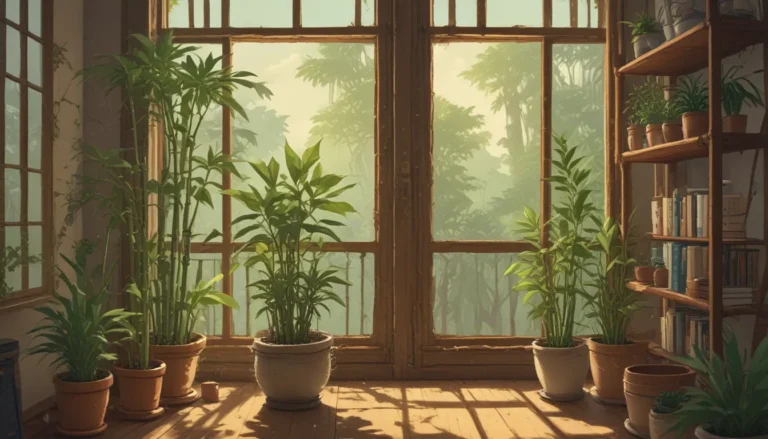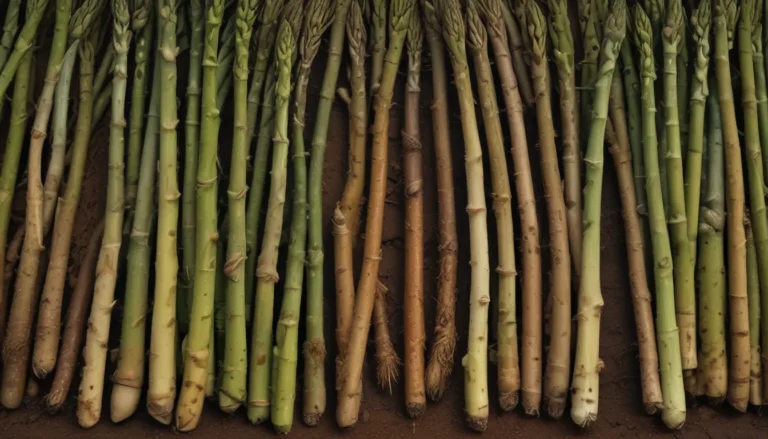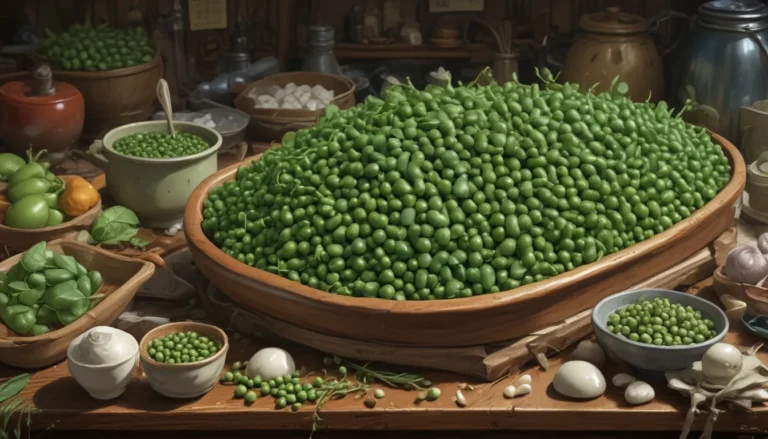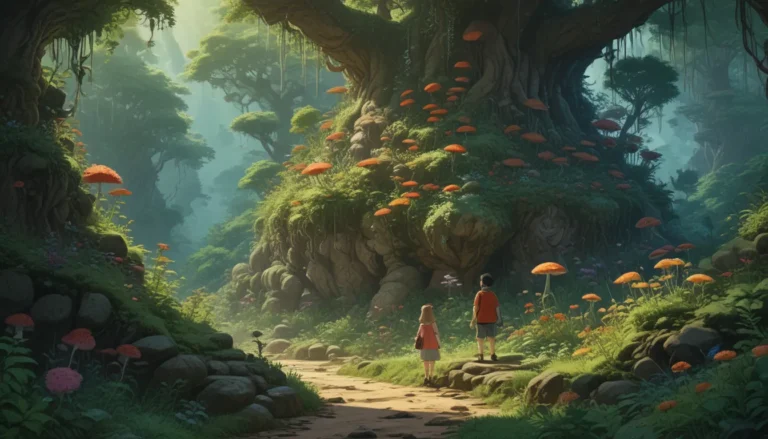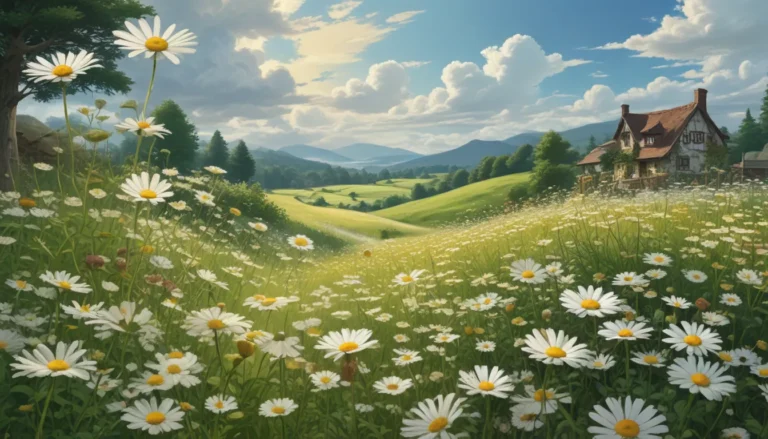Explore the Beauty of Perennial Asters for Late Summer and Fall Delight

Perennial asters are the perfect transition flowers as summer fades into fall. With their vibrant daisy-like blossoms and bushy growth habits, these plants add a pop of color to your landscape during the changing seasons. Whether you’re a seasoned gardener or a newbie looking to enhance your garden, these perennial asters are a must-have.
In this comprehensive article, we’ll introduce you to 11 perennial aster species that will breathe new life into your garden. From the aromatic aster to the tatarian aster, each of these species brings unique characteristics and vibrant colors to your outdoor space. Let’s dive in and discover the beauty of these robust and resilient flowers!
Unveiling the Magnificence of 11 Perennial Aster Species
-
Aromatic Aster (Symphyotrichum oblongifolium):
-
Native medium-sized species with violet-blue flowers and aromatic foliage.
- Ideal for full sun locations with low to medium water needs.
-
Perfect for dry and eroding soil.
-
Blue Wood Aster (Symphyotrichum cordifolium):
-
Tall native species with pale to bright blue flowers.
- Thrives in full sun to part shade locations with moist, well-drained soil.
-
Impressive when planted en masse for a striking display.
-
Calico Aster (Symphyotrichum lateriflorum):
-
Mid-sized species with white flowers tinged with purple.
- Thrives exceptionally well in disturbed and occasionally flooded soil.
-
Perfect for adding a mottled appearance to your garden.
-
Frost Aster (Symphyotrichum pilosum):
-
Native species with hairy stems and white flowers.
- Suitable for full sun to part shade locations with moderate water needs.
-
Ideal for planting along perimeter fences for wildlife habitat.
-
New England Aster (Symphyotrichum novae-angliae):
-
Tall species with pink, purple, or white flowers.
- Requires staking in full sun to part shade with moist, well-drained soil.
-
Best for open spaces where it can spread and create mass plantings.
-
New York Aster (Symphyotrichum novi-belgii):
-
Native species with deep pink or purple flowers.
- Thrives in full sun to part shade with organically-rich soil.
-
Ideal for mass plantings in drifts, informal hedgerows, and meadows.
-
Silky Aster (Symphyotrichum sericeum):
-
Compact species with lavender to purple flowers.
- Suited for full sun locations with well-drained sandy or gravelly soil.
-
Perfect for rough soil beside driveways and roads.
-
Sky Blue Aster (Symphyotrichum oolentangiense):
-
Native species with blue flowers and above-average drought tolerance.
- Thrives in full sun to part shade with low to moderate water needs.
-
Ideal for xeriscapes, seaside gardens, and rockeries.
-
Smooth Aster (Symphyotrichum laeve):
-
Native species with lavender, purple, or white flowers.
- Prefers full sun and well-drained soil with low to moderate water needs.
-
Suited for xeriscaping, rock gardens, and seaside locations.
-
Stokes’ Aster (Stokesia laevis):
- Compact native species with lavender-blue flowers.
- Thrives in Zones 5 to 9 and requires moist, sandy soil.
- Ideal for bedding plants and container gardening.
-
Tatarian Aster (Aster tataricus):
- Native to Siberia with lavender-blue flowers and unique flat-topped blossoms.
- Perfect for full sun locations with moderate water needs.
- Best for back of border placements and meadow naturalization.
Embrace the Wild Beauty of Perennial Asters
Perennial asters are not just your typical garden plants. With their vibrant colors and prolific blooms, they add a bold impact to any garden. While these tall plants may require staking to keep them upright, their wild and free-spirited nature makes them perfect for creating a colorful spectacle in your outdoor space.
Whether you’re looking to add a splash of color to your garden borders or create a haven for beneficial insects, perennial asters are the perfect choice. From mass plantings to informal hedgerows, these flowers thrive in a variety of settings and soil conditions.
So, why not add a few wild asters to your garden this season and watch them come alive with vibrant blooms and buzzing insects? Let these robust revelers transform your landscape into a colorful oasis as summer transitions to fall.
Have you grown perennial asters in your garden? Share your experiences in the comments below and don’t forget to showcase your vibrant blooms. Let’s celebrate the beauty of perennial asters together!
And if you want to learn more about growing asters in your garden, check out these helpful guides:
- How to Grow and Care for Asters
- 21 Tips for Managing Perennial Asters in the Garden
- How to Prevent and Manage Aster Yellows
- When and How to Divide Perennial Asters
